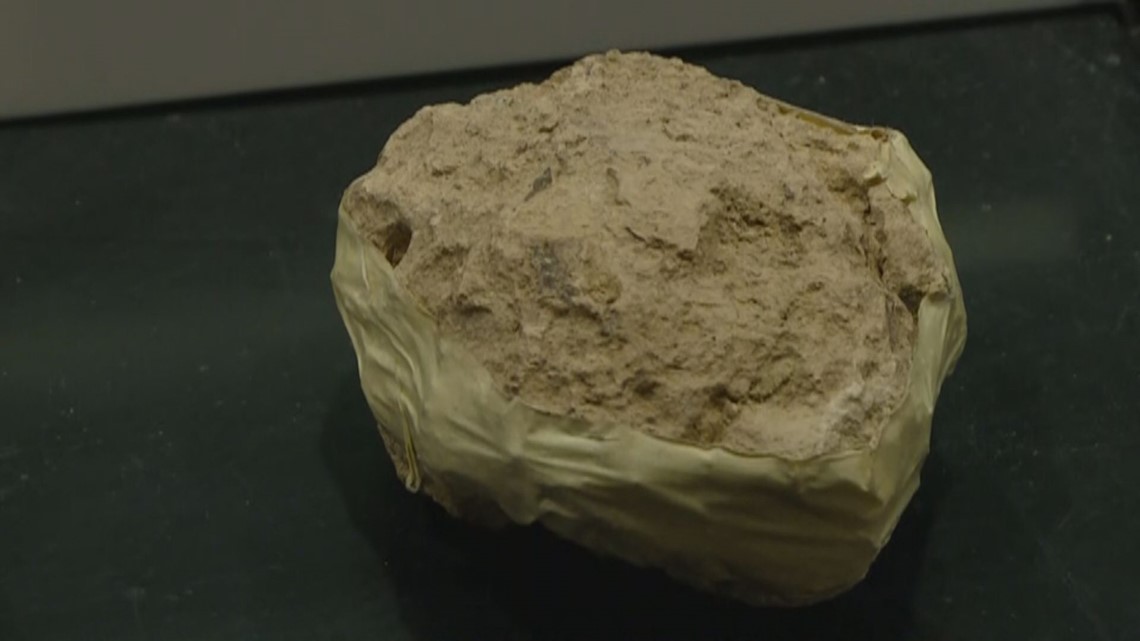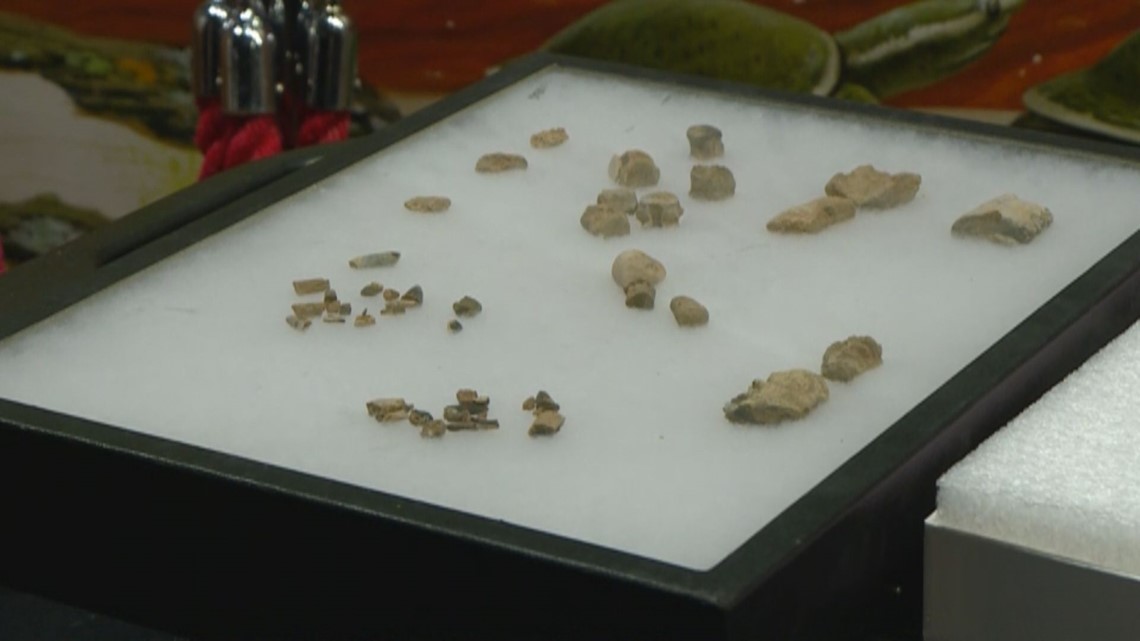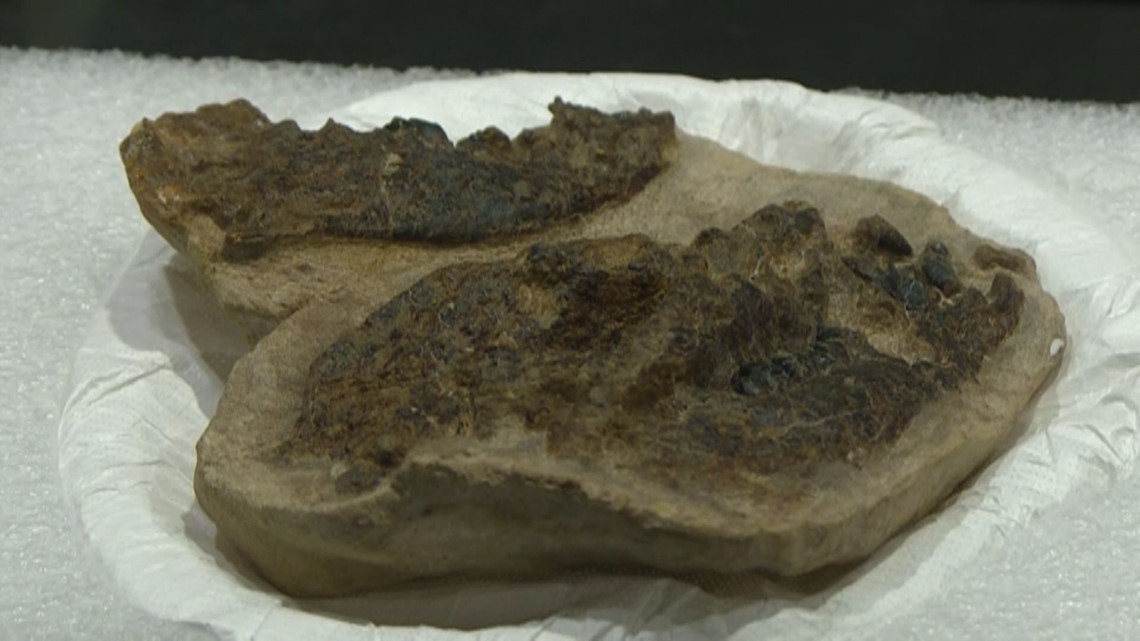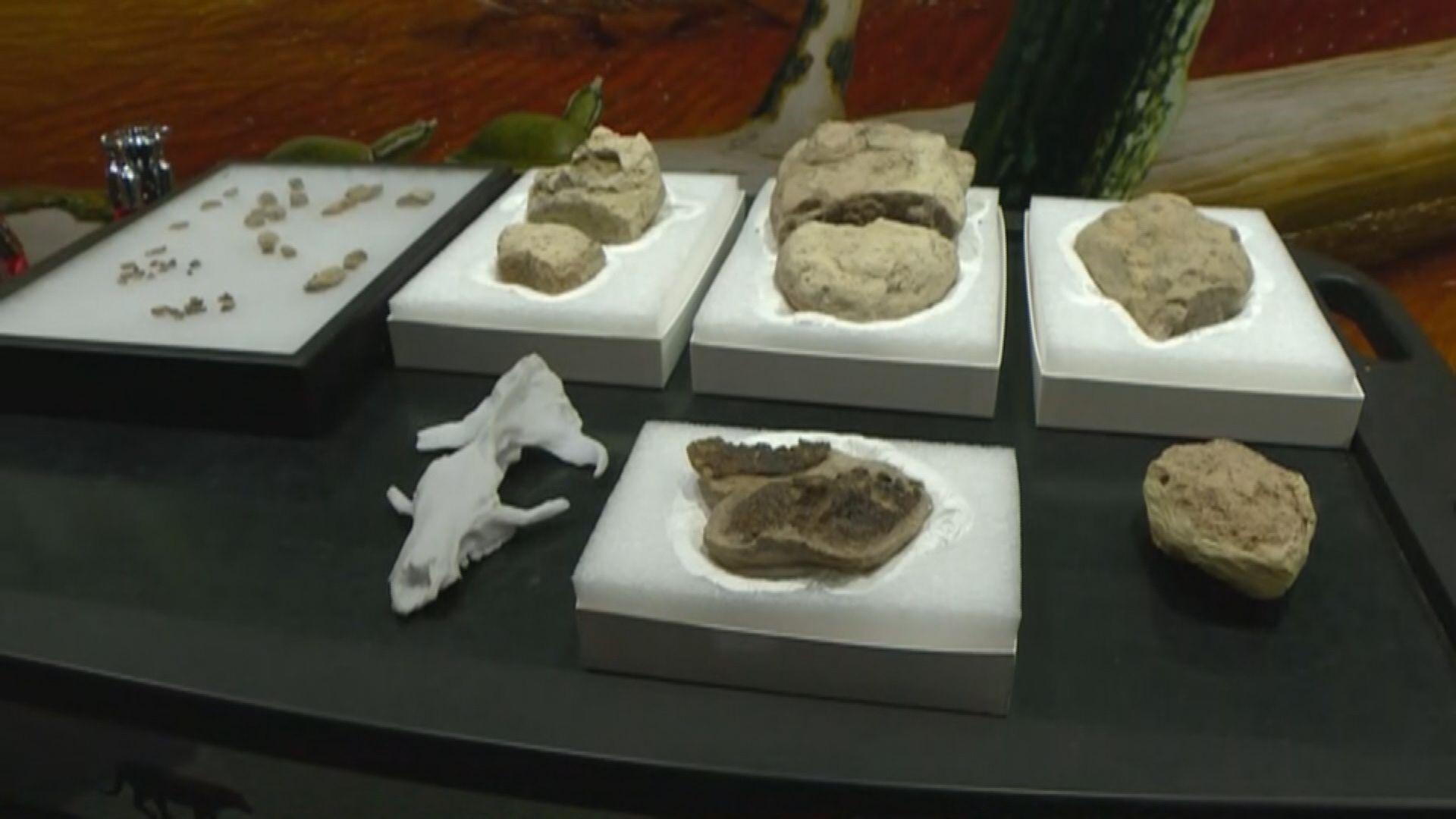DENVER — A one-of-a-kind collection of fossils discovered in Colorado Springs by scientists from the Denver Museum of Nature & Science (DMNS) detail how the world and life recovered after an asteroid impact that wiped out the dinosaurs 66 million years ago.
The unprecedented find includes thousands of exceptionally preserved animal and plant fossils from the critical first million years after the catastrophe, according to DMNS.
They were hiding in plain sight in an area known as Corral Bluffs on the eastern edge of Colorado Springs. Scientists have been at the site for about 100 years, but no one had discovered these fossils.
Dr. Tyler Lyson, DMNS's Curator of Vertebrate Paleontology and Dr. Ian Miller, the Museum's curator of paleobotany and director of earth and space sciences, led the team that made the discovery.
Fossil remains of vertebrates after the asteroid impact had largely eluded Dr. Lyson until 2016.


That summer, he stopped looking for glinting bits of bone in the Denver Basin and instead zeroed in on egg-shaped rocks called concretions. Lyson described them as a type of rock that forms around a nucleus, such as a bone.
He said for nearly 100 years, researchers overlooked the concretions at the site because they're not that common in sediments that preserve land-dwelling mammals.
"They overlooked these unassuming rocks and the treasures they contained," he said. "Inside the rocks, are whole skulls and in some cases, entire skeletons. There's a whole largely unknown, previous to this find, an unknown ecosystem trapped inside these rocks. This was a complete game-changer."
Upon cracking open the concretions, Lyson and Miller found skulls of mammals from the early generations of survivors of the mass extinction, according to DMNS.
They paint a picture of the emergence of the modern world and include new species of turtles, new species of crocodiles and even mammals.
"The course of life on Earth changed radically on a single day 66 million years ago," said Lyson. "Blasting our planet, an asteroid triggered the extinction of three of every four kinds of living organisms. While it was a really bad time for life on Earth, some things survived, including some of our earliest, earliest ancestors."


This type of find is extremely rare, according to the researchers. Most of what is understood from this era is based on tiny fragments of fossils. Now they have entire skulls and sometimes even full skeletons.
"You could go your entire career and not find a skull from this period. That's how rare they are," said Miller.
He and Lyson found four in a single day and more than a dozen in a week.


"It was crazy the way it happened," he noted.
So far, they've found fossils from at least 16 different species of mammal. In addition, numerous plant species were also found. Among the finds is the world's oldest legume, Miller said.
The Denver Basin site also adds powerful evidence to the idea that the recovery and evolution of plants and animals were intricately linked after the asteroid strike.
"Our understanding of the asteroid's aftermath has been spotty," Lyson explained. "These fossils tell us for the first time how exactly our planet recovered from this global cataclysm."
This is the only discovery of its kind in the world, but the researchers hope it will lead to more once scientists know what they're looking for.
"They might read this, and say 'oh my, I have got those in the rocks that I work on' and they have will have their own amazing discovery."
SUGGESTED VIDEOS | Science is Cool


